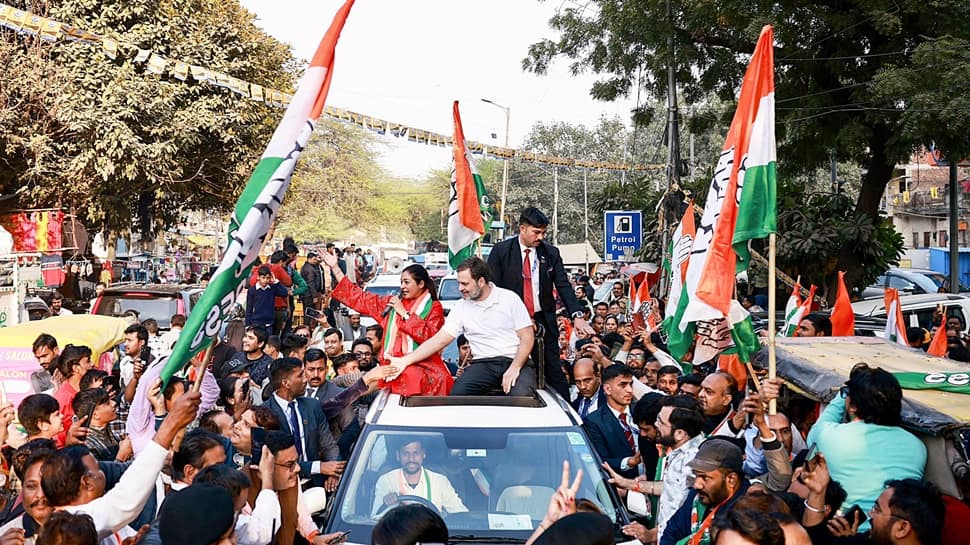 |
|
The recent Delhi Assembly election results delivered a harsh blow to the Indian National Congress (INC), commonly known as Congress, as the party failed to win a single seat for the third consecutive time. This dismal performance, marked by the loss of deposits in 67 out of 70 constituencies, paints a concerning picture for the party's future, particularly within Delhi. The campaign, initiated by Rahul Gandhi in the Muslim-majority Seelampur constituency, failed to garner significant Muslim support, highlighting a crucial area of weakness. Despite this overall defeat, a closer examination reveals a sliver of potential positivity and a crucial lesson for other regional parties. The increase in Congress's vote share to 6.34%, representing a rise of approximately two percentage points, suggests a level of continued support that may be underestimated.
The most intriguing aspect of the results, however, lies in the potential impact of a Congress-AAP alliance. Data analysis reveals that had the two parties formed a coalition, the AAP could have secured a comfortable majority. In at least 14 constituencies, the combined votes of the Congress and the AAP exceeded the BJP's winning margin, sometimes significantly. This is strikingly illustrated by several examples: In Sangam Vihar, BJP won by a mere 344 votes, while Congress garnered 15,863; in Trilokpuri, the BJP's victory was by 392 votes, while Congress polled 6,147; and in Jangpura, the BJP's winning margin of 675 votes was dwarfed by Congress's 7,350 votes. Similar trends were observed in Timarpur (969 vote margin, Congress 7,827 votes), Rajendra Nagar (1231 vote margin, Congress 4,015 votes), Malviya Nagar (2131 vote margin, Congress 6,770 votes), Greater Kailash (3188 vote margin, Congress 6,711 votes), New Delhi (4089 vote margin, Congress 4,568 votes), Chhatarpur (6239 vote margin, Congress 6,601 votes), and Mehrauli (8218 vote margin, Congress 9,338 votes). Even in constituencies with larger margins, such as Madipur (10,899 vote margin, Congress 17,958 votes), Badli (15,163 vote margin, Congress 41,071 votes), Kasturba Nagar (19,450 vote margin, Congress 27,019 votes), and Nangloi Jat (26,251 vote margin, Congress 32,028 votes), Congress's vote share remains substantial and suggestive of potential alliance benefits.
The implications of this data are profound. Arvind Kejriwal's pre-election calls for the INDIA bloc to exclude Congress from their alliance appear, in retrospect, to be a miscalculation. The analysis of the Delhi results clearly suggests that the AAP's failure to secure an alliance with Congress cost them potential seats and possibly even the majority. The results serve as a cautionary tale for regional parties: underestimating Congress's potential vote bank can be a significant strategic blunder. While Congress may not be a guaranteed winner in every election, it clearly retains a substantial influence on overall election outcomes, capable of acting as a kingmaker or a spoiler depending on the circumstances and alliances. This underscores a key principle in coalition politics: every vote counts, and even relatively small shifts in vote share can significantly alter the final results. The Delhi elections serve as a stark reminder that even in a seemingly dominant position, ignoring a significant voting block, like the Congress in this case, can carry serious political risks.
